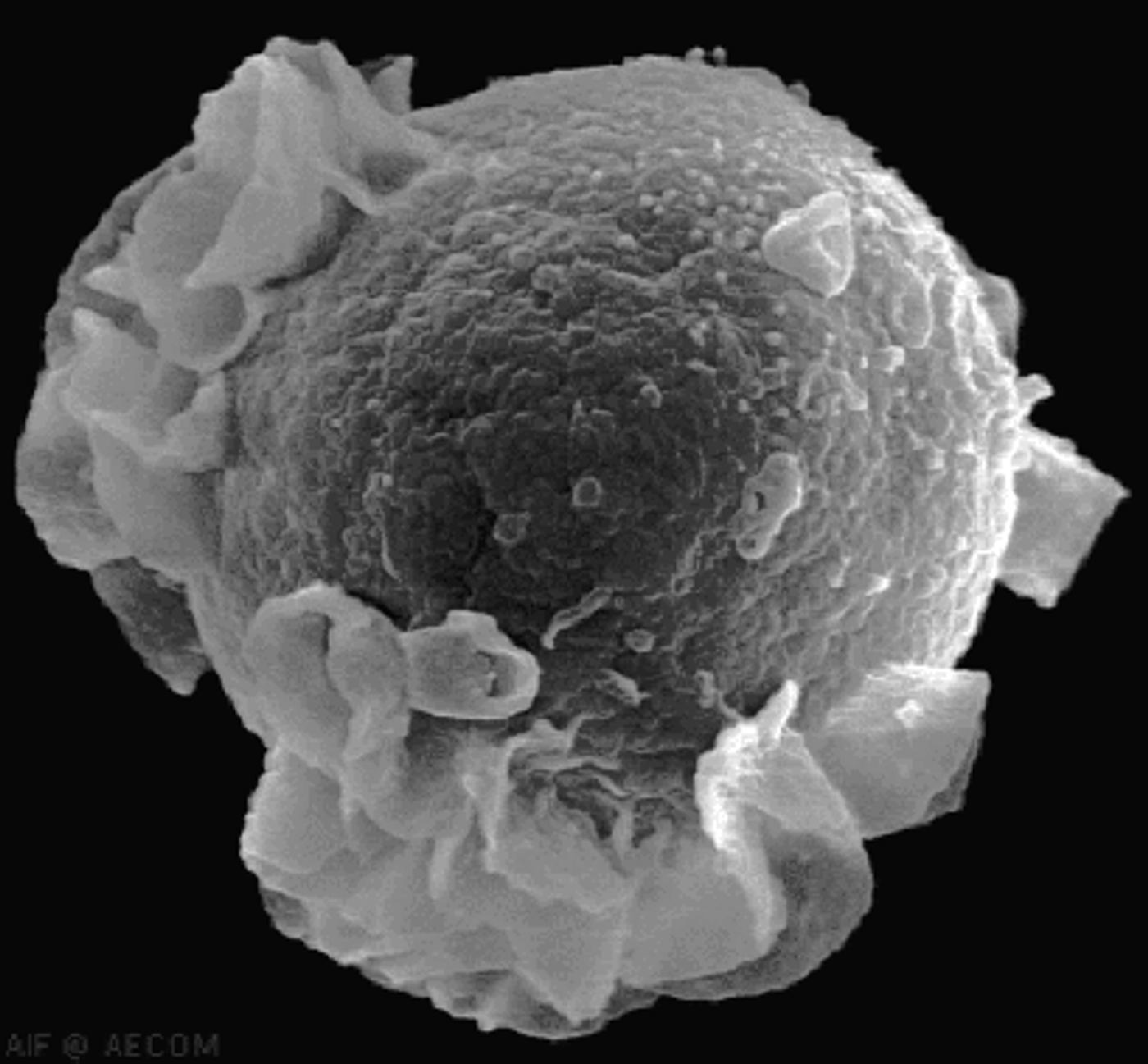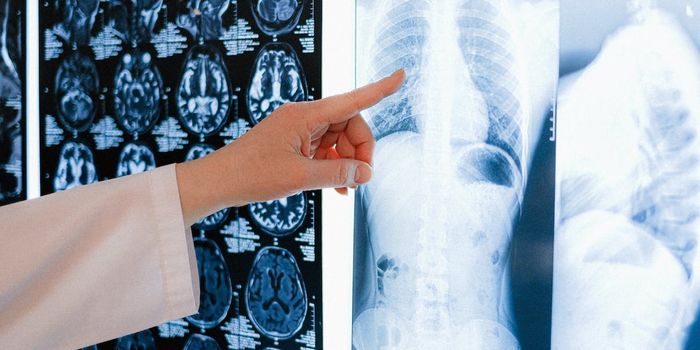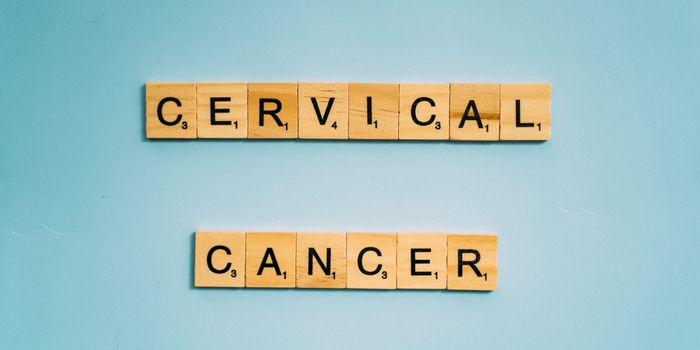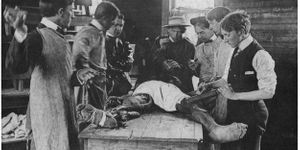One of the most common viruses in the world – and one of the few that’s actually shown to cause cancer – has now been linked to a new cancer type: breast cancer. Indeed, more than 90 percent of the world’s population is infected with the Epstein-Barr virus (EBV), and mounting evidence suggests this viral infection is anything but benign.

But even more threatening than causing swollen lymph glands and fevers, EBV was the first virus shown to cause cancer directly. In particular, EBV infection is linked to two types of lymphomas (Burkitt’s and Hodgkin’s), stomach cancer, and some types of head and neck cancer (nasopharyngeal carcinoma). Some scientists have suspected EBV may also cause cancer of the breast, but the evidence hasn’t been causal – until now.
Working with breast cells called primary mammary epithelial cells (MECs), researchers at the Beth Israel Deaconess Medical Center (BIDMC) sought out to study whether EBV could influence the fate of these cells. Indeed, when the MECs were exposed to EBV, the cells transformed into a stem-cell-like state, which allowed them to proliferate without control. This is the first sign that the cells have turned down a cancerous path.
Then, when those cells were transplanted into mice, breast tumors formed. This is the second – and quite convincing evidence, showing that EBV turned normal cells into cancer-prone cells.
When the team examined the profile of the infected cells, they found changes similar to those of high-grade, estrogen-receptor-negative breast tumors. This line of evidence reinforce the strength of the virus to wreak havoc in the body.
"We think that if a young woman develops EBV during her teenage years or later, her breast epithelial cells will be exposed to the virus and can be infected. While for most individuals, there will be no long-term consequences, in some the infection may leave genetic scars and change the metabolism of these cells," said Gerburg Wulf, physician scientist at the BIDMC, and senior study investigator. "While these are subtle changes, they may, decades later, facilitate breast cancer formation."
But there’s a silver lining from this discovery, and it may come in the form of a vaccine. "The findings further make the case for an EBV vaccine that might protect children from infection and later EBV-associated malignancies," said Wulf. Scientists are currently testing a few EBV protein targets for vaccine discovery, however, the virus is complex and no vaccines are available as of yet.
Additional source: BIDMC press release
-
MAY 07, 2024Is It Anti-RNP or Anti-Sm/RNP?
- See More
-
APR 30, 2024Immuno-Oncology Virtual Event Series 2024
-
MAY 07, 20243rd International Biosecurity Virtual Symposium
-
JUN 06, 2024The Future of Scientific Conferencing
- See More

















































